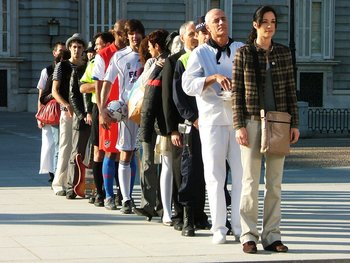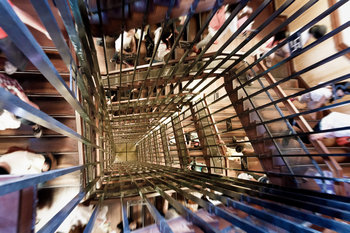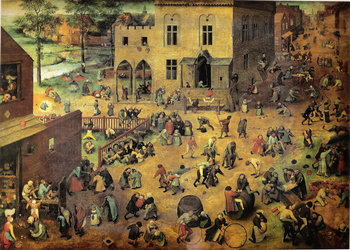
Chaos
Chaos, or sensitive dependence, is when a system allows small changes in input to lead to a completely different future. For example, electromagnetic interference that slightly degrades the quality of an important video conference between world leaders such that a single word is misinterpreted leading to a misunderstanding that ends up changing the world.
Cause-and-Effect
Chaos is often caused by chains of cause and effect whereby a small cause can eventually be amplified to greater and greater effects. For example:Initial Condition: uncomfortable pillow
Causes: bad night's sleep
Causes: a soccer player performs poorly
Causes: a soccer team loses the world cup
Causes: low moral in a country
Triggers: a recession
Causes: a revolution
Causes: a complete collapse of a society
Causes: bad night's sleep
Causes: a soccer player performs poorly
Causes: a soccer team loses the world cup
Causes: low moral in a country
Triggers: a recession
Causes: a revolution
Causes: a complete collapse of a society
Positive Feedback Loop
A positive feedback loop is a situation where A produces B that produces more A. This can easily lead to chaos as it allows small negatives or positives to amplify. For example, a student is interested in reading so they read a good book that causes more interest in reading. This situation could amplify such that access to a collection of good books leads someone to develop an extraordinary mind that changes the world somehow.
Deterministic Systems
Chaos theory is mostly applied to deterministic systems whereby the same inputs always produce the same output. Chaos theory is usually constrained to these systems because these systems are theoretically predictable if we could properly model chaos. For example, models of chaos could potentially be used to improve weather forecasts.
Non-Deterministic Systems
Non-Deterministic systems are influenced by randomness such that the same inputs do not always produce the same output. These systems can have chaos but they aren't predictable anyway so they are usually excluded from chaos theory. The question of what is and what isn't a deterministic system is often debatable. If people are able to make random or fully spontaneous choices then human systems such as societies and economies are non-deterministic. This is a philosophical question that can't necessarily be answered authoritatively. For the purposes of chaos theory, systems are often assumed to be deterministic.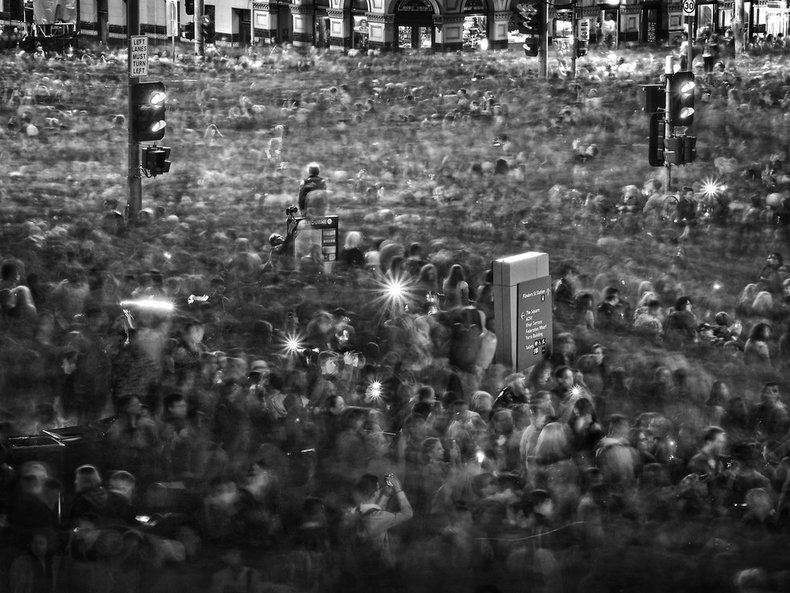
Nonlinear Systems
Chaos theory only occurs in non-linear systems whereby the output of the system is not proportional to the input. For example, a small input such as a spark that can cause a large output such as an out-of-control fire. Nonlinear systems are extremely common in physics, biology, engineering and society such that they are considered the rule as opposed to the exception.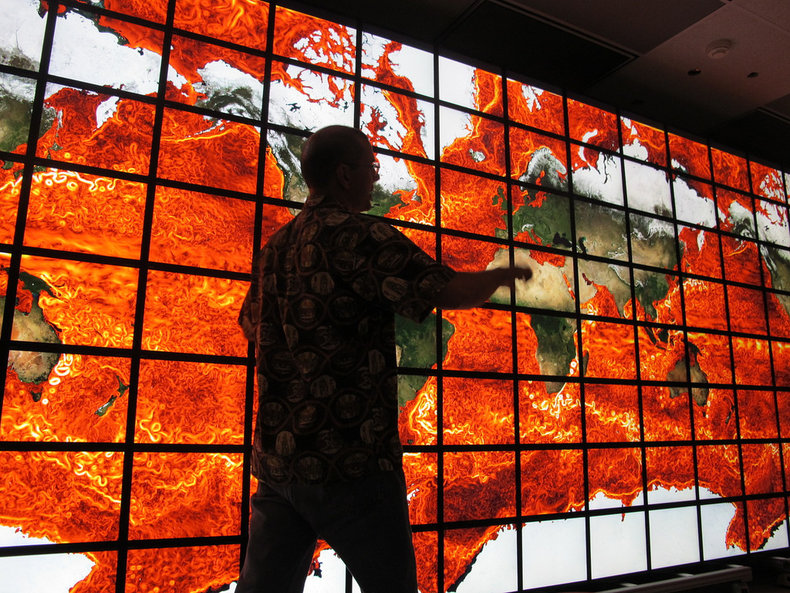
Adaptation
Adaptive systems are systems that contain elements that are able to adapt based on feedback. These tend to be chaotic. People are able to adapt based on their experience such that most human systems are chaotic. For example, a student may spend years dreaming of being a rock musician and then suddenly change this path due to a single experience. People are so adaptive that they are often completely unpredictable over a long enough time horizon. Likewise, animals are extremely adaptive.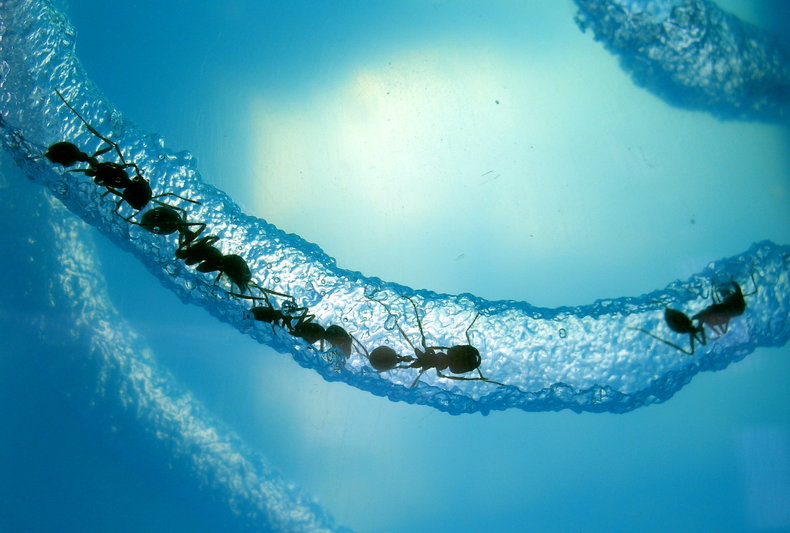
Complex Adaptive Systems
A complex adaptive system is a system with many independent adaptive elements. For example, a well-ordered repressive society that is relatively predictable may be suddenly overthrown by a large number revolutionaries who adapt to a system that isn't beneficial to them.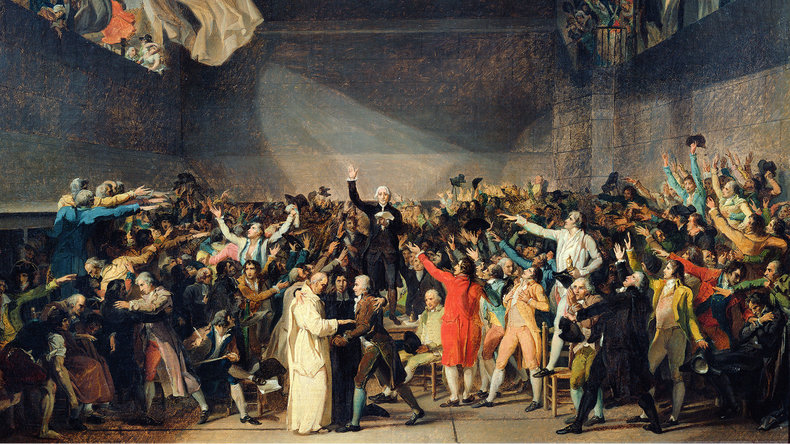
Butterfly Effect
The butterfly effect is a thought experiment that illustrates chaos theory. It is based on a butterfly that flaps its wings leading to a tornado a week later a thousand miles away. This is considered possible as it is based on the work of Edward Lorenz who noticed that very small changes to inputs in a weather model produced completely different weather some time later.
Equilibrium
Equilibrium is a state of balance between opposing forces such as supply and demand in an economy. Complex adaptive systems tend to move towards equilibrium thus limiting the impact of chaos. For example, a single investor might be able to trigger the timing of a stock market panic that puts a system temporarily out of equilibrium but it would tend to swing back quickly. A long term event such as a recession requires large structural problems and can't be easily caused by chaos because the entire system quickly snaps back to equilibrium absent of large forces.
Edge of Chaos
The edge of chaos is a space between order and disorder such as the difference between an aircraft that lands safely after a problem and one that crashes. Systems often pull back from the edge of chaos due to their attraction to equilibrium. For example, a pilot who is adaptive, resourceful and strongly motivated to prevent a crash may pull an aircraft out of the edge of chaos and back to equilibrium.
Singularity
A singularity is an instantaneous and complete change that occurs at a point in time. A bridge may age slowly such that its lifespan is 100 years. However, if you put too much weight on the bridge it may suddenly, dramatically and irreversibly fail at a point in time. This is a singularity. Singularities can also be positive. For example, the Big Bang is viewed as a singularity that created the present observable universe.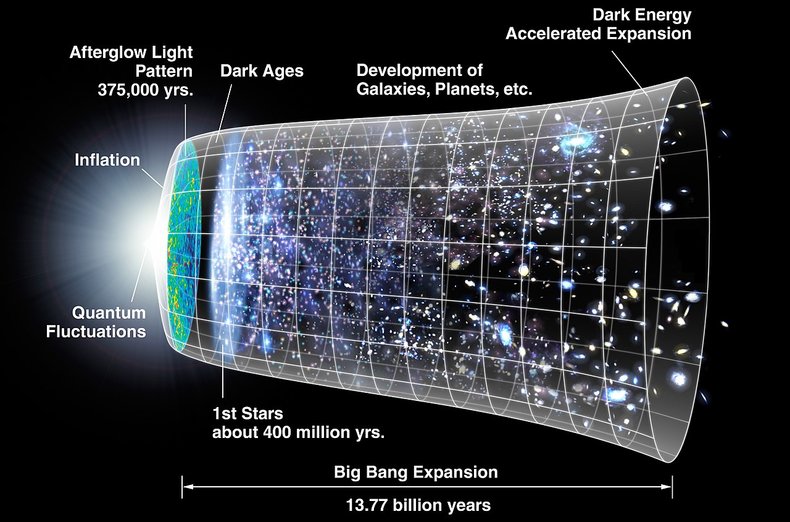
Critical Point
A critical point is the exact input that causes a singularity. The existence of critical points proves that singularities can be caused by chaos. For example, a bridge may withstand the weight of 100 trucks but completely collapse at 100 trucks + 1 butterfly.
Emergence
Emergence is a system that is created by the actions of its individual parts without any central design, plan or coordination. For example, a city that emerges with the actions of individual builders and citizens whereby neighbors copy good ideas and things improve. Emergence is a chaotic process whereby one individual can completely change the future.
Self-organization
Emergence can produce extremely ordered and functional systems despite the lack of a plan. This is often viewed as a process of self-organization whereby organization does occur through the independent behavior of the parts of a system. For example, evolution, language, the internet and free market economies are viewed as processes of emergence that have created extremely valuable, resilient, adapted and functional systems.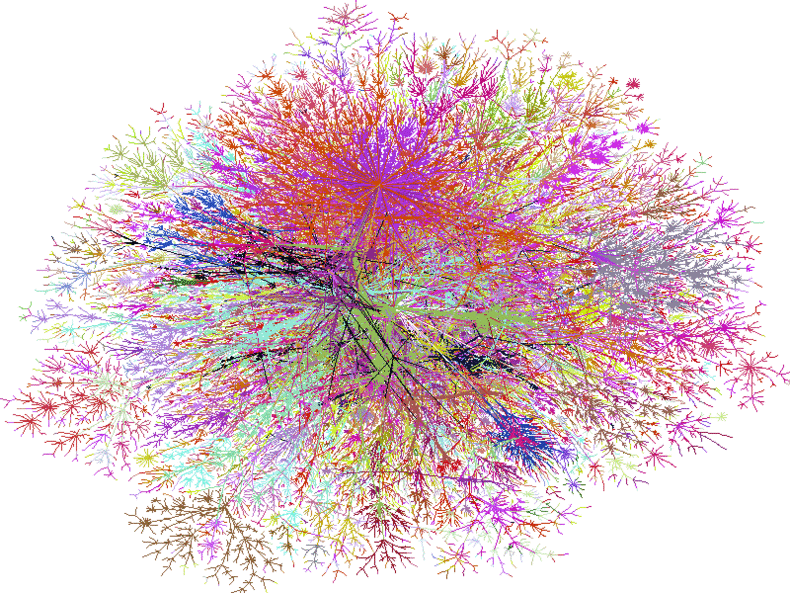
Swarm Behavior
Swarm behavior is collective intelligence that is achieved by the actions of individual members of a group. This a process of emergence that is chaotic as a single member can impact the movement of the entire swarm.
Self-similarity
Self-similarity is a common type of self-organization whereby a system resembles its parts. For example, leaves that resemble branches that resemble the entire tree. Self-similarity is commonly found in nature such as DNA, fault lines, snowflakes, crystals, lightning bolts, river networks, trees, plants, protein structures, animal coloration patterns, the rings of Saturn and sounds such as heartbeats.
Strange Attractor
A strange attractor is a system that tends towards self-similarity no matter what happens. For example, snowflakes tend to demonstrate fractal patterns whatever the conditions and process that create each unique snowflake.
Engineered Chaos
Engineered systems are usually intended to prevent chaos by making things predictable and consistent. However, in many cases engineered systems include features, bugs or design flaws that allow for significant chaos. For example, security flaws that allow a malicious entity to control a system. It is possible for a system that is intended to prevent chaos to create more chaos than it prevents.
| Overview: Chaos Theory | ||
Type | ||
Definition | The study of small changes that completely transform the future of a system. | |
Related Concepts | ||

















